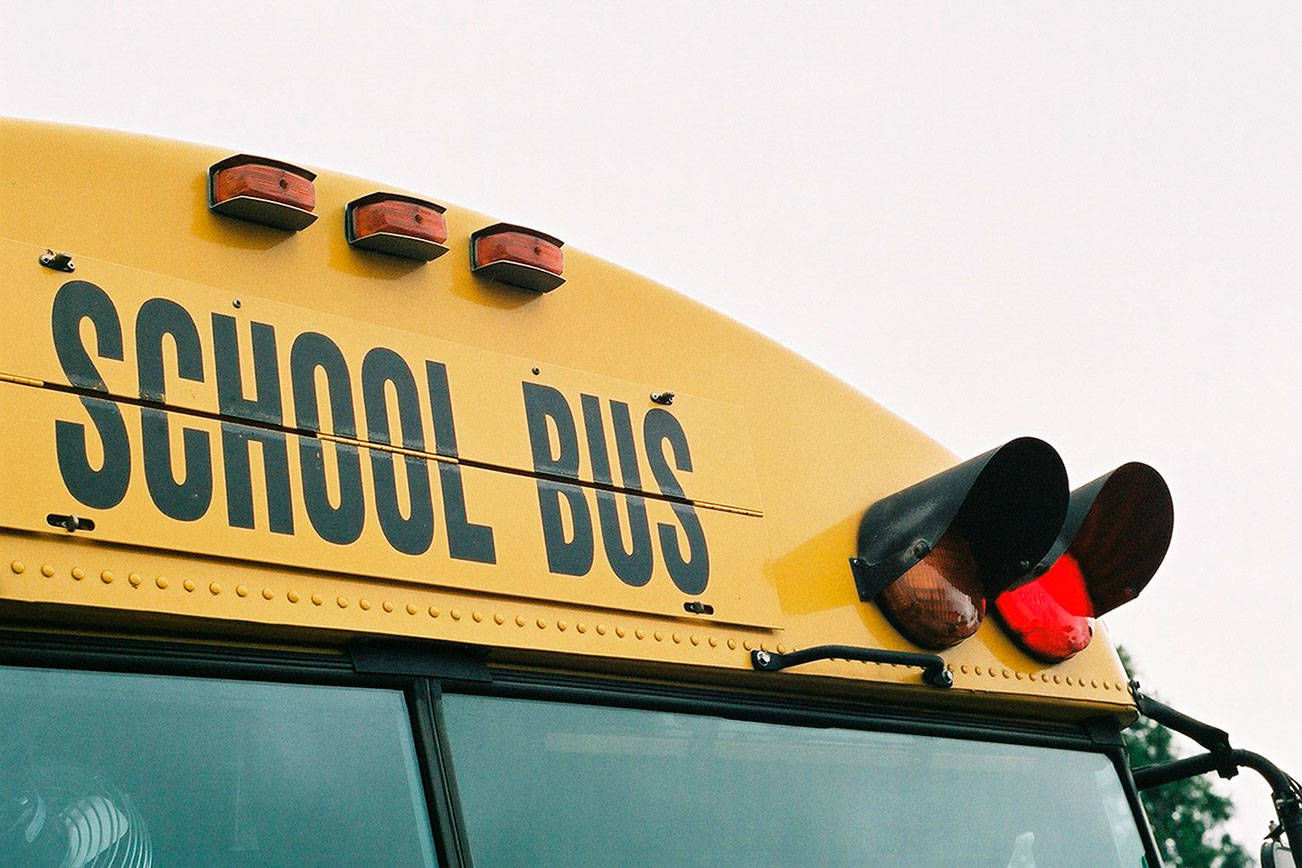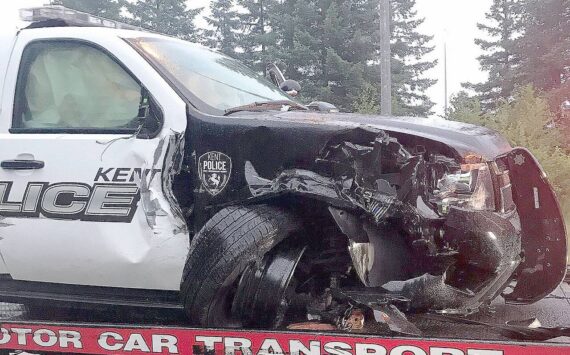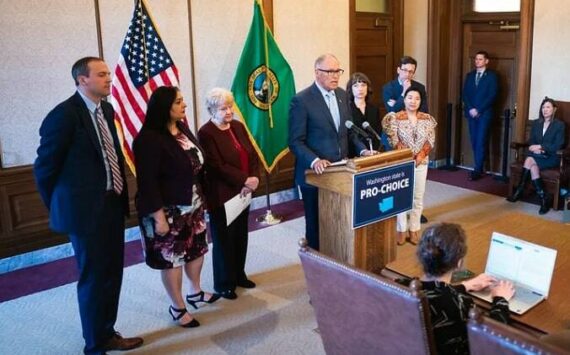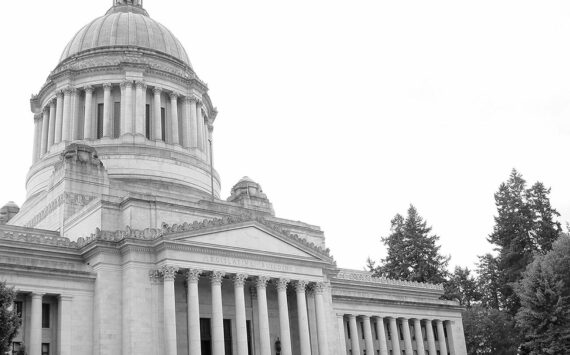Many bus drivers are starting the new school year collecting unemployment as Washington state’s formula for funding their jobs collides with the realities of remote learning.
With state dollars tied to ridership, and no riders in a pandemic-induced world of virtual schooling, school districts are uncertain how much money they can count on receiving this academic year.
Each is starting out with a sum based on past tallies. School board directors and superintendents worry that because campuses are closed and have no students to transport, they will receive smaller allotments of state dollars in future months when, they hope, schools will be returning to a semblance of pre-outbreak normalcy. Many districts have resorted to layoffs and furloughs.
“If there is uncertainty about the total amount of money you’ll receive, it makes sense to try to make the money you receive last longer,” said T.J. Kelly, chief financial officer for the state Office of the Superintendent of Public Instruction.
Student transportation in Washington’s public schools is funded by the state based on ridership counts taken three times a year, typically in October, January and March or April. The current state budget contains $621 million for distribution to 297 school districts.
Districts draw up budgets assuming they will get a certain allotment. The state may make adjustments, up or down, in February based on ridership counts taken in the fall and winter. With far fewer riders now, district leaders worry there will be less money, maybe a lot less, for the final months of the school year.
State lawmakers will be making that decision — though probably not until the next legislative session begins in January.
There are choices. They could give districts their full allotments, even if it’s unwarranted, based on a strict adherence to the funding formula. Or lawmakers could look to redirect a portion of the $621 million to plug other holes in the state budget.
“Legislators see this as an area of potential savings. That’s what has districts concerned,” Kelly said. “We are going to pursue a supplemental budget request to the Legislature and say this is a problem and and we need legislators to provide help to try and avoid a funding cliff in February.”
District leaders want assurances now, but Democratic leaders in the House and Senate say such a commitment cannot be made with the state facing a multibillion-dollar shortfall as a result of the COVID-induced recession.
“I know it’s tough for the districts. There’s a lot of uncertainty right now,” said House Majority Leader Pat Sullivan, D-Covington. “There’s no guarantees on anything.”
Sen. Christine Rolfes, D-Bainbridge Island, who is the lead budget writer in the Senate, said student transportation is part of basic education, which the Supreme Court has made clear is the financial responsibility of the state.
“We will be obligated to fund that and we will figure that out,” she said.
At the same time, when budget deliberations get under way in January, the notion of paying districts for services they don’t provide may not stack up well against other demands for funding, she said. Data on ridership this fall and winter will influence the outcome.
“We’re not going to penalize them,” she said. “We’re not going to give them what they would get in a normal year because they are not using it.”
In late August, Gov. Jay Inslee issued an emergency proclamation listing various tasks buses and bus drivers could be assigned — with state transportation dollars covering the costs, as if they were transporting students. It was similar to guidance provided following his closure of schools in March.
The idea is that if buses and drivers are used in a way logically linked to educating students — such as delivery of learning materials, homework or meals, or serving as a Wi-Fi hotspot to assist students with remote learning, it would be covered with state money.
The governor issued the order following conversations with legislative leaders.
“We believe there is a good understanding that these things are very much needed to provide basic education in a remote learning environment,” said Maddy Thompson, Inslee’s top education policy advisor.
The proclamation also requires districts to account for the use of the dollars and assumes lawmakers will want that information before they decide how much districts will receive this school year, she said.
“What school districts should know by now is if they are using drivers for allowable functions, they log those labor hours the same way they would ridership, and that will be the same as if they had used the drivers to transport students to and from school,” said Jason Powell, vice president and business agent for Teamsters Local 763, which represents bus drivers in the Edmonds School District and others throughout the state.








